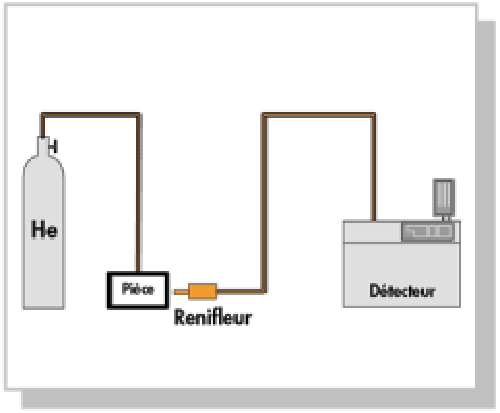
You’ve probably already heard about tightness, for instance water-tightness or else seal tightness. Thousands of products manufactured for and by any industry have this common feature : tightness to a fluid, e.g. gas or water. An injection pump couldn’t serve its purpose if not tight to fuel, an oxygen tank wouldn’t be safe if not gas-proof. What about a leaking air-con hose?
Now, what about “leak testing” or “tightness validation”? How is the “leak rate” quantified? Which products can be tested? What type of equipment do I need? These are most certainly some of the questions you are asking yourself if you’re here.
Alliance Concept leak testing is perfect for challenging industries such as Automotive, Energy, Refrigeration, Electronics, Aviation , Connectors, Medical and others.
Parts suitable for testing include injection pumps, injectors, fuel tanks, aircraft brake pistons, compressors, connectors, gas meters, electrical equipment such as switch gears, battery packs, ultracapacitors, HP valves.
Alliance Concept of France is an internationally renowned manufacturer of vacuum systems and equipment, certified ISO 9001-2015, thanks to its high level of expertise in the application of different vacuum techniques.

A reliable leak testing system consists of :
Global Leak Test
The global test is the method that provides the highest sensitivity up to 10-10 atm.cm3/s. The working principle is as follows :



We’re here and ready to provide information and answers to your questions
©Mi-Net 2023. All Rights Reserved.
Website by Fifteen.co.uk